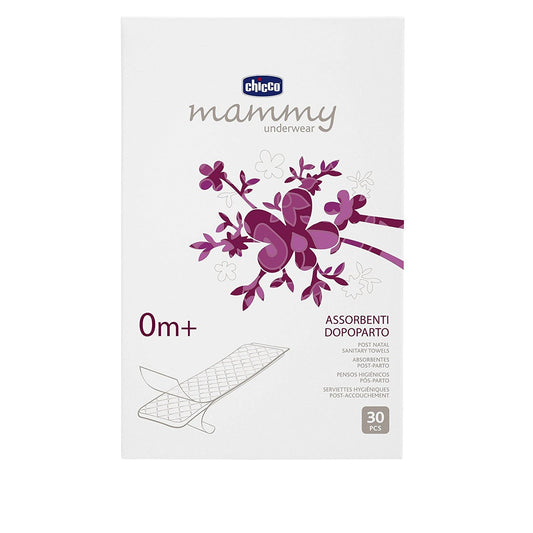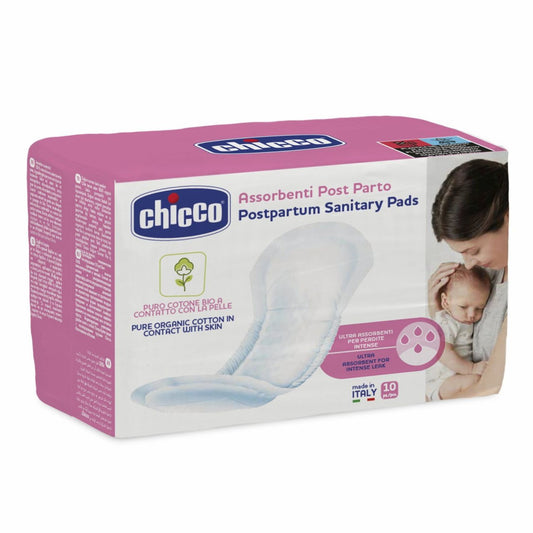Postpartum Absorbents For Mom
The materials of postpartum pads
The material that composes them is triple and hypoallergenic: in natural fiber (such as cotton and bamboo) for the part in contact with the skin and mucous membranes, plastic for the part resting on the linen, and in elastic fabric for the support and containment structure.
Only the part assigned to the channeling filter and absorbent material activity is based on cellulose and polymers. In any case, the whole device is free from chemical additives.
In fact, it is necessary to pay attention to the type of material constituting the part in contact with the genitals: depending on the degree of irritation suffered during the expulsion phase, it will be necessary to use the most suitable natural fabrics to prevent the healing of any wounds from sticking to the structure of the pad .
Once you have chosen the most suitable postpartum absorbent in cotton (or bamboo) for your needs, you must consider the degree of absorption of the same, since depending on the period of the puerperium in which you are, the amount of blood loss will be very different and of different consistency. In this regard, refer to the symbols shown on the device packaging: a variable number between 1 and 4 drops represents the amount of flow that can be trapped in the pad (1 for a light flow, 4 for a heavy flow)
Shape of pads after childbirth
There are also different shapes of postpartum pads available on the market (e.g. pharmacies, supermarkets, online shops), but in reality each one is valid since the shape is anatomical, and therefore easily adapts to the shape of the new mother's pelvis.
Since these are devices for external use, they must be considered disposable or, if you want to contribute to safeguarding the environmental balance, you can opt for a reusable absorbent, i.e. washable after each use.
You can choose between the ergonomic shape to be placed on the underwear thanks to adhesive strips, a shape with "wings" (which prevent lateral leakage), a brief shape (which also wraps around the bladder area) or a panty shape (which wraps with an elastic band up to the navel).
Finally, how often to change the sanitary pad? The ideal would be to replace it every 4-8 hours, but we agree that the frequency can be increased if necessary.

Un nostro specialista è sempre a tua completa disposizione!




